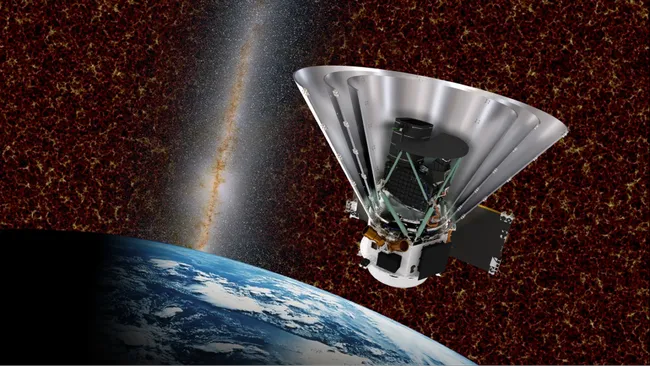NASA’s SPHEREx mission aims to map 450 million galaxies
- November 15, 2023
- 0
NASA’s extraordinary new mission aims to map the sky in unprecedented detail and color. Construction has begun on SPHEREx, a new space observatory that will map more than
NASA’s extraordinary new mission aims to map the sky in unprecedented detail and color. Construction has begun on SPHEREx, a new space observatory that will map more than

NASA’s extraordinary new mission aims to map the sky in unprecedented detail and color. Construction has begun on SPHEREx, a new space observatory that will map more than 450 million galaxies, as well as 100 million stars in our own galaxy, in 96 color bands in the infrared range of the electromagnetic spectrum. During its planned two-year lifetime, SPHEREx will map the entire sky, producing two maps per year, according to data from NASA’s Jet Propulsion Laboratory (JPL).
In recent months, scientists at JPL have been assembling the telescope and combining its various components into its final shape. “It’s starting to look that way as NASA’s SPHEREx space telescope arrives in Earth orbit and begins mapping the entire sky,” JPL said in a statement. said. The observatory’s three scientific missions, aimed at studying three main periods of the life of the universe, are reflected in the full name of SPHEREx: “Spectophotometer for the history of the universe”, “Era of reionization” and “Ice Explorer”.
According to the Caltech Institute, evidence of water and other molecules, such as carbon monoxide, will be sought in the disks around stars forming in our galaxy in the nearby universe. These molecules, which are necessary for the origin of life as we know it, will be found in the form of ice in these systems.
Farther into the distant Universe, SPHEREx will study the time when stars and galaxies first began to form, and the Reionization Period, when the first stars and galaxies radiated enough energy to ionize every hydrogen atom in the universe. It will look at the collective light of these first galaxies, trying to understand how galaxy formation began and how it changed over time.
And in the newborn universe, SPHEREx will try to understand inflation, or how the universe expands exponentially in the first fraction of a second after its birth. SPHEREx will measure the impact of inflation on the position of galaxies and matter.
However, some may think this telescope looks a little strange. Its tapered shape is similar to the shape you might find around a dog’s head after a trip to the vet. But Beth Fabinski, deputy director of the SPHEREx project, says proudly: “This is nothing to be ashamed of. These are SPHEREx victory cones!
The cones serve a very important purpose: protecting the telescope from heat or infrared radiation. The main SPHEREx telescope is protected by three interlocking cones. Without this protection, SPHEREx would be blinded by heat from the Earth, the Sun, and the telescope. Additionally, the telescope itself must be cooled to -350 degrees F (-210 degrees C) before observations can be made.
This allows SPHEREx to peer into the very faint and very far infrared universe. It will look at 96 precise wavelengths of light to create its maps; This method is called spectroscopy. Once completed, SPHEREx will be scheduled to launch aboard a SpaceX Falcon 9 rocket before June 2024. Source
Source: Port Altele
As an experienced journalist and author, Mary has been reporting on the latest news and trends for over 5 years. With a passion for uncovering the stories behind the headlines, Mary has earned a reputation as a trusted voice in the world of journalism. Her writing style is insightful, engaging and thought-provoking, as she takes a deep dive into the most pressing issues of our time.